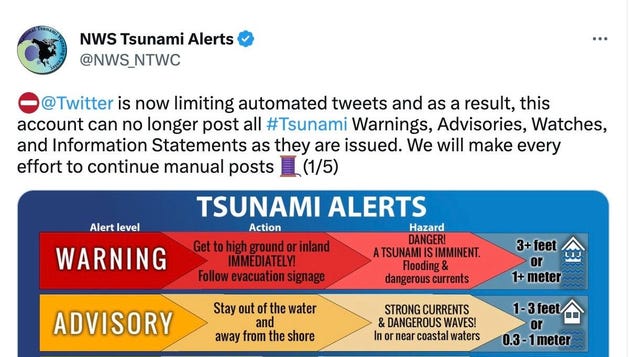View CSAF
1. EXECUTIVE SUMMARY
- CVSS v4 9.3
- ATTENTION: Exploitable remotely/low attack complexity/public exploits are available
- Vendor: Atelmo
- Equipment: Atemio AM 520 HD Full HD Satellite Receiver
- Vulnerability: OS Command Injection
2. RISK EVALUATION
Successful exploitation of this vulnerability could allow an unauthorized attacker to execute system commands with elevated privileges.
3. TECHNICAL DETAILS
3.1 AFFECTED PRODUCTS
The following versions of Atelmo Atemio AM 520 HD, a satellite receiver, are affected:
- Atemio AM 520 HD: TitanNit 2.01 and prior
3.2 Vulnerability Overview
3.2.1 IMPROPER NEUTRALIZATION OF SPECIAL ELEMENTS USED IN AN OS COMMAND (‘OS COMMAND INJECTION’) CWE-78
The device enables an unauthorized attacker to execute system commands with elevated privileges. This exploit is facilitated through the use of the ‘getcommand’ query within the application, allowing the attacker to gain root access.
CVE-2024-9166 has been assigned to this vulnerability. A CVSS v3.1 base score of 9.8 has been calculated; the CVSS vector string is (AV:N/AC:L/PR:N/UI:N/S:U/C:H/I:H/A:H).
A CVSS v4 score has also been calculated for CVE-2024-9166. A base score of 9.3 has been calculated; the CVSS vector string is (CVSS4.0/AV:N/AC:L/AT:N/PR:N/UI:N/VC:H/VI:H/VA:H/SC:N/SI:N/SA:N).
3.3 BACKGROUND
- CRITICAL INFRASTRUCTURE SECTORS: Communications, Commercial Facilities
- COUNTRIES/AREAS DEPLOYED: Germany
- COMPANY HEADQUARTERS LOCATION: Germany
3.4 RESEARCHER
CISA discovered a public Proof of Concept (PoC) as authored by Gjoko Krstic and reported it to Atelmo.
4. MITIGATIONS
Atelmo has stated that this product has been discontinued. There are no service or support addresses that can be contacted.
For more information, contact Atelmo.
CISA recommends users take defensive measures to minimize the risk of exploitation of this vulnerability, such as:
- Minimize network exposure for all control system devices and/or systems, ensuring they are not accessible from the internet.
- Locate control system networks and remote devices behind firewalls and isolating them from business networks.
- When remote access is required, use more secure methods, such as Virtual Private Networks (VPNs), recognizing VPNs may have vulnerabilities and should be updated to the most current version available. Also recognize VPN is only as secure as the connected devices.
CISA reminds organizations to perform proper impact analysis and risk assessment prior to deploying defensive measures.
CISA also provides a section for control systems security recommended practices on the ICS webpage on cisa.gov/ics. Several CISA products detailing cyber defense best practices are available for reading and download, including Improving Industrial Control Systems Cybersecurity with Defense-in-Depth Strategies.
CISA encourages organizations to implement recommended cybersecurity strategies for proactive defense of ICS assets.
Additional mitigation guidance and recommended practices are publicly available on the ICS webpage at cisa.gov/ics in the technical information paper, ICS-TIP-12-146-01B–Targeted Cyber Intrusion Detection and Mitigation Strategies.
Organizations observing suspected malicious activity should follow established internal procedures and report findings to CISA for tracking and correlation against other incidents.
No known public exploitation specifically targeting this vulnerability has been reported to CISA at this time.
5. UPDATE HISTORY
- September 26, 2024: Initial Publication

